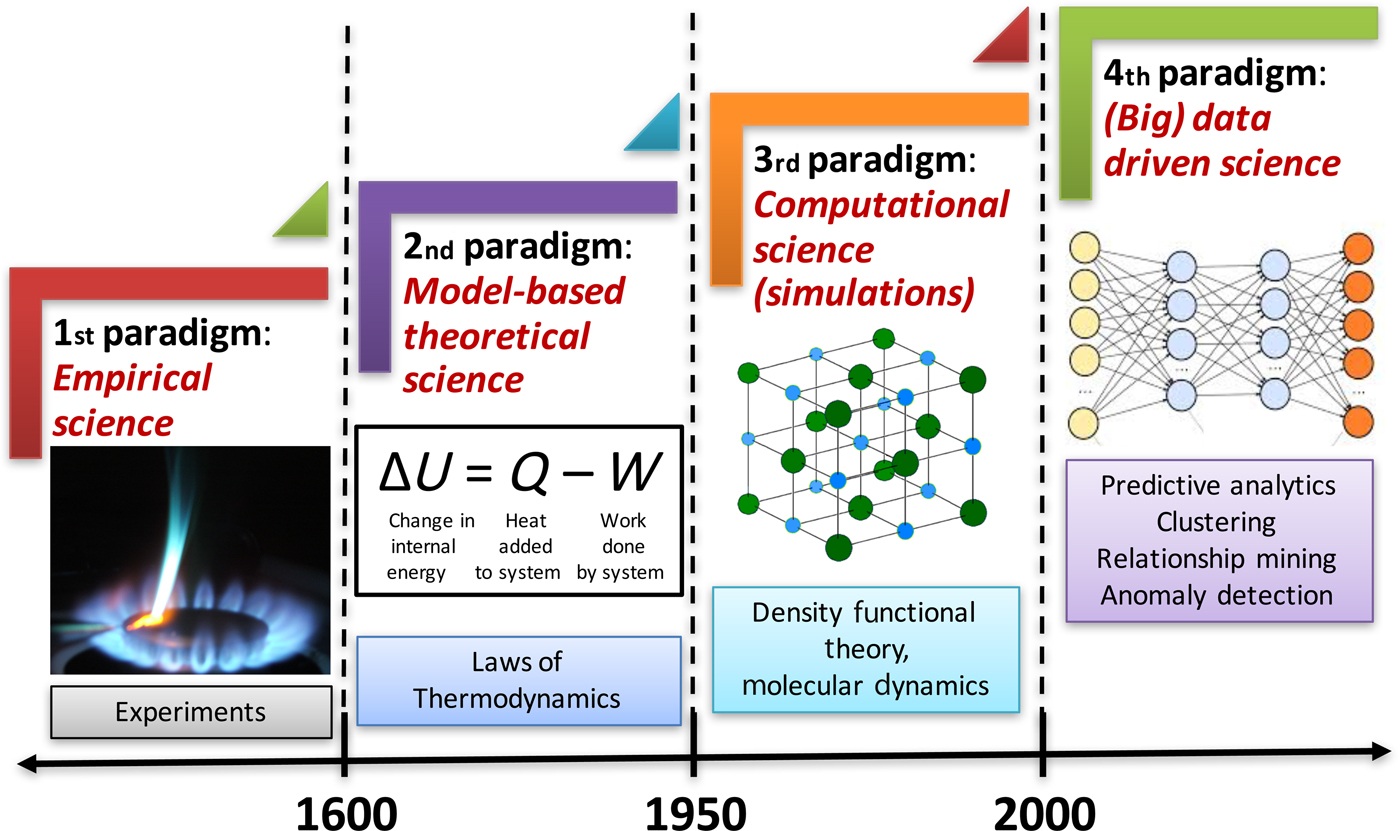Although a negative poisson s ratio that is a lateral extension in response to stretching is not forbidden by thermodynamics for almost all common materials the poisson s ratio is positive.
G ratio mat sci.
Letting k k 1 k 2 and μ μ 1 μ 2 denote the bulk and shear moduli of one such composite stiff inclusion phase and compliant matrix phase respectively it is rigorously established that when k 1 k 2 r and μ 1 μ 2 r there exists a.
Both thermally and chemically reduced gno produced an i d i g ratio of 1 0.
Materials or structures that contract in the transverse direction under uniaxial compression or expand laterally when stretched are called to have negative poisson s ratios.
Nanomaterials research takes a materials science based approach to nanotechnology leveraging advances in materials metrology and synthesis which have been developed in support of microfabrication research.
The name anti rubber new york times 1987 arises from the fact that negative poisson s ratio materials become fatter in cross section when stretched.
By contrast our gnps demonstrate a significantly lower i d i g ratio of 0 07 in figure 3 29 aligning with section 3 5.
238 issue 4826 pp.
Have been called anti rubber 2 dilational materials 3 or auxetic materials.
A theoretical approach to predict negative poisson s ratios of auxetic honeycombs has been developed which is based on the large deflection model.
This procedure is based on thor.
The ratio decreases to 0 03 after the modification because gnps were heated in nmp at 150.
Science 23 oct 1987.
These materials are also called auxetics.
Lakes science 1987 1.
Nanomaterials describe in principle materials of which a single unit small sized in at least one dimension between 1 and 100 nm the usual definition of nanoscale.
Hence the i d i g ratio indicates a disorder degree.
In 1987 lakes first discovered negative poisson s ratio effect in polyurethane pu foam with re entrant structures which was named anti rubber auxetic and dilatational by later researchers.
Novel method for rapid magnetic modification of diamagnetic powder and high aspect ratio materials has been developed.
Names of these materials materials with a negative poisson s ratio r.
S3b in agreement with other measurements 34 35.




















